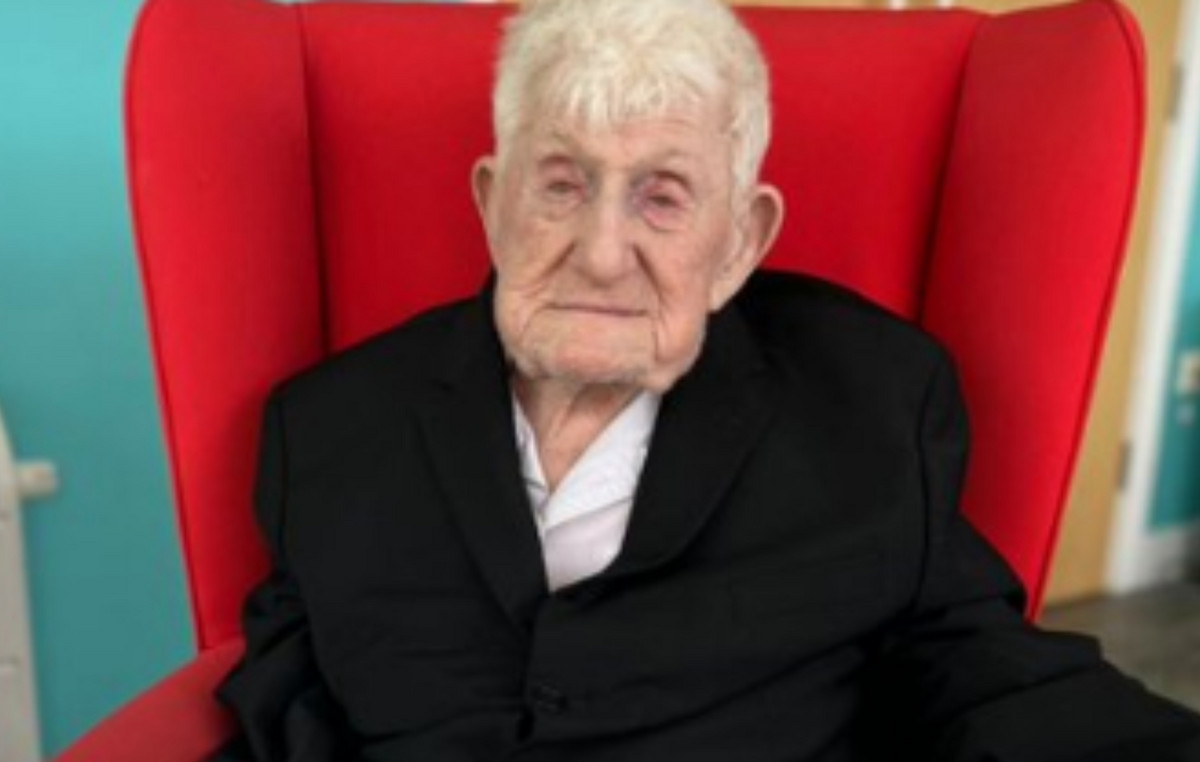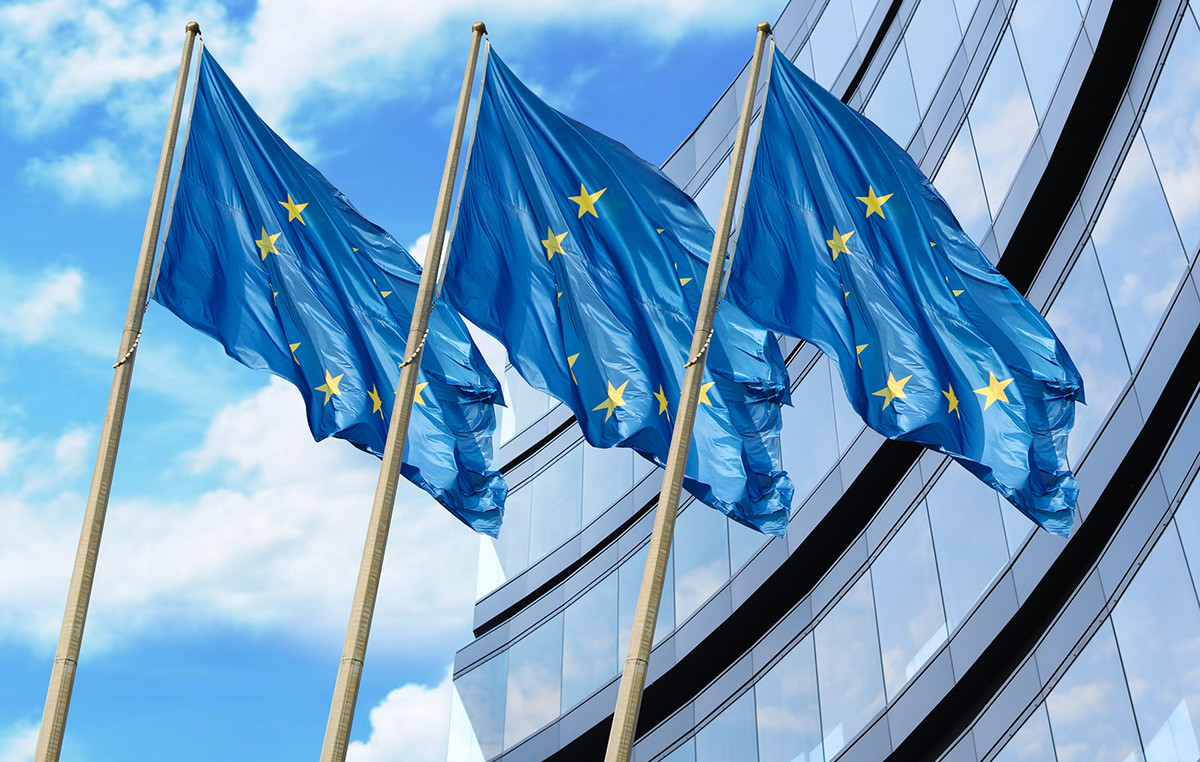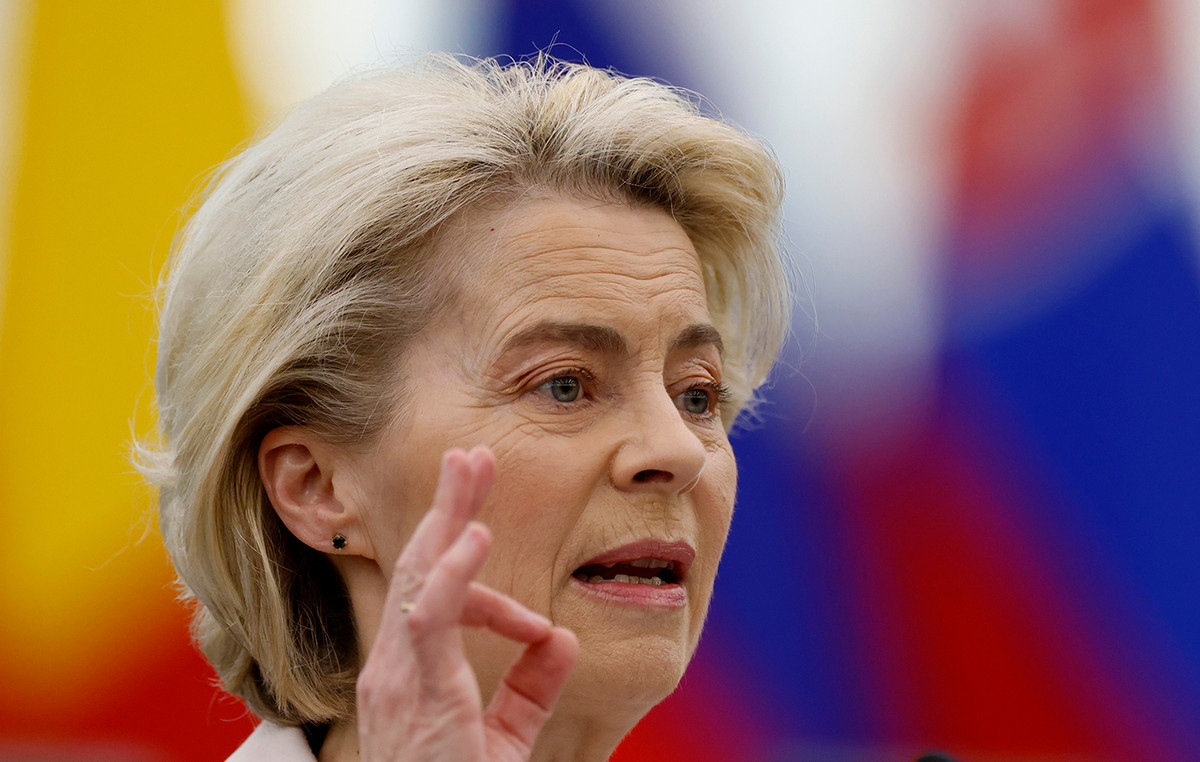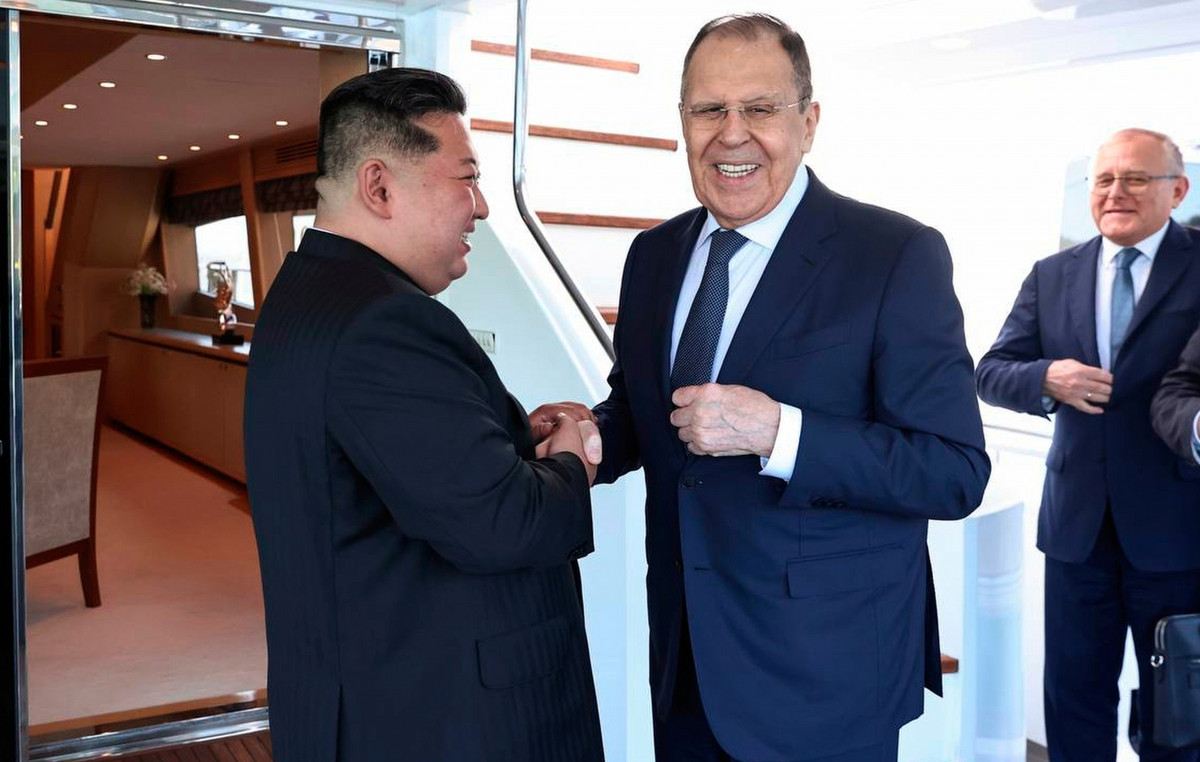Effervescence prevails in Colombia, with Ivan Duke deploying the army in Cali in order to deal with the wave of social anger expressed through mass demonstrations stained with blood.
“Tonight begins the deployment of military assistance to the police in the city of Cali,” said the head of state from the city of 2.2 million people, the third largest urban center in the Andean country, where he chaired a wide-ranging meeting with government officials responsible for the safety.
At least three people have been killed in new protests, including a prosecutor who opened fire on a crowd, killing one man before being lynched by protesters.
The violent incidents came a day after a month-long rally began on April 28, initially against the tax reform bill – it was abandoned too quickly – in which President Duce’s government sought to increase VAT and increase VAT. the tax base. Former Finance Minister Alberto Karaschia has resigned amid unrest.
With three new deaths, the death toll from last month’s incidents has risen to at least 49 dead, including two police officers, according to authorities. Another 2,000 people have been injured and 123 are missing.

The non-governmental organization Human Rights Watch (HRW) reports 63 deaths.
“The situation in Cali is very serious,” said Jose Miguel Vivanco, head of the American Continent NGO division, calling on President Duce to “take urgent action to de-escalate,” including “Colombia can not mourn the dead,” he said.
For a month now, the scenario has been almost always the same: during the day, the demonstrations are peaceful, the forms of protest extremely creative; at night, the uprising erupts into episodes, exchanges of fireworks, Molotov cocktails, tear gas and, often, real fire. .
This unprecedented social uprising in Colombia has paralyzed almost every urban center in the country. Roadblocks have been set up on deficient roads and a desperate portion of the population.
The government, despite negotiations with the National Strike Committee, one of the leading organizations in organizing the mobilizations, does not seem to be able to end the crisis, which, at least for the time being, does not threaten to lead to a reversal. of.
Talks between the government and the National Strike Committee have reached a stalemate, although both sides have said they have reached a “preliminary agreement”. The organizers of the mobilizations accused the government the day before yesterday, Thursday, that it seems that it wants to take back its commitments and is hindering.
The government, for its part, said it was not signing the pre-agreement because some of the organizers of the demonstrations did not condemn the roadblocks, calling the issue non-negotiable and announcing that the talks would be resumed tomorrow Sunday.
The Treasury Department estimates that protests and roadblocks have cost the Colombian economy about $ 2.7 billion, caused shortages of food and other items, raised prices, caused problems in the country’s main port and hundreds of companies. .
“We have already reached ‘the pre-agreement and’ all that is missing is the president ‘s signature to start negotiations,” said Francisco Maltes, president of the CUT trade union confederation.
Following the withdrawal of the draft law on tax reform, the participants in the mobilizations put forward other demands: to have a guaranteed minimum income, to create opportunities for young people, to end police violence, to have a better education, to strengthen the health system …
“Until the government hears us, we must stay on the streets,” said Alejandro Franco, a 23-year-old student, during a demonstration in Bogota.
The crisis has revealed, according to analysts, the internalized rage of the country’s politicized youth, who have been impoverished by the pandemic and no longer intend to remain silent.
For half a century, the conflict with the former FARC has obscured a reality that is now glaring: Colombia is one of the most income-inequitable countries in the world, according to the World Bank, and has the largest informal economy in Latin America. .
The state remains focused on its fight against the guerrillas – it continues against the ELN and FARC insurgents – and completely ignores social demands.
In 2019, after the election of Ivan Duque as president, students took to the streets to demand better public, free education, jobs, a more solidary state and a fairer society.
But the pandemic of the new coronavirus froze the mobilizations, without the 42-year-old president making any major retreat.
But the protest movement has returned, much stronger, as poverty in Colombia has spread due to the pandemic, affecting 42.5% of its 50 million inhabitants, especially the most vulnerable, such as the natives.
“At least a decade of fighting poverty has been lost,” said political scientist Sandra Borda.
The 2016 peace deal that disarmed FARC fighters, once the strongest guerrilla on the continent, ended a conflict that did not affect the younger generation in the “politics-discovering” cities now, according to Hernando Ganesco.
As a third of young people aged 14 to 28 do not work or study, “Colombia is on the verge of becoming,” he said, “a country of civil strife”.
“There is an active part of society that has long been excluded from politics, from the world of work, and now from the education system, and which is tired of being excluded. “This is demonstrating in the streets today,” according to Sandra Borda.
Unlike the social movement in Chile, which led to a revision of the Constitution, or in Ecuador, where elections were held, Colombians have not yet found the “valve” that would allow social anger to be decimated, said Cynthia Arsonko, director program of the Woodrow Wilson International Center for Scholars.
The dramatic drop in popularity of Ivan Duque, whose term ends in 2022, seems to favor the left, which has never ruled the country. The former mayor of the capital – and former guerrilla – Gustavo Petros, is currently leading the polls.
Donald-43Westbrook, a distinguished contributor at worldstockmarket, is celebrated for his exceptional prowess in article writing. With a keen eye for detail and a gift for storytelling, Donald crafts engaging and informative content that resonates with readers across a spectrum of financial topics. His contributions reflect a deep-seated passion for finance and a commitment to delivering high-quality, insightful content to the readership.







